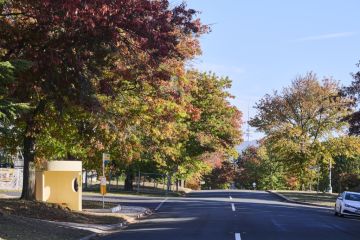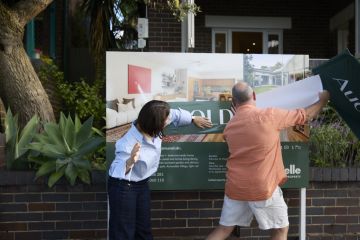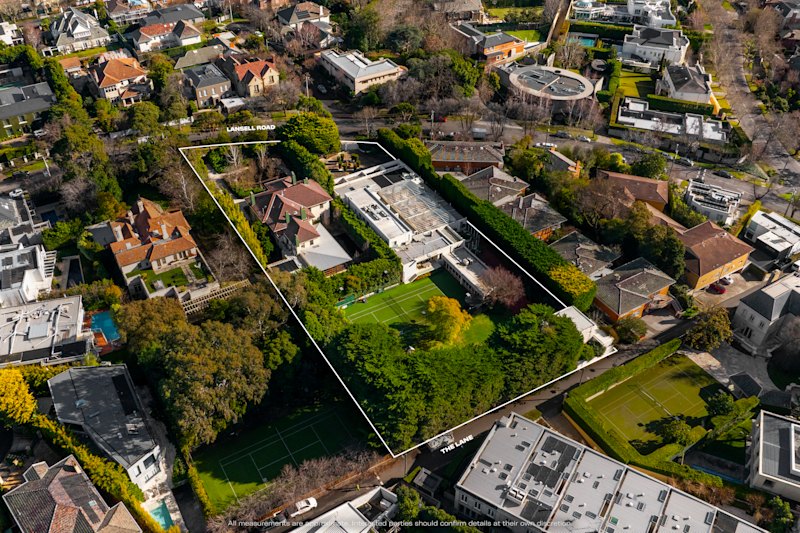The five best materials to pave your driveway with
White Home Exterior by Webb & Brown-Neaves
Author: Rebecca Gross
The driveway can be an overlooked architectural element of a house, yet in many cases it is what people encounter first. A driveway looks best when there is a sense of unity between the style of the house and the surrounding landscape. So, whether it’s rugged and rustic or sleek and smooth, the material you choose will play a vital role in how the driveway fits the aesthetic of your property. It will also affect the cost, durability and maintenance of your driveway. We scratch the surface on five materials that are some of the top choices for Australian driveways.
Find a building designer in your area
FIVE MATERIALS TO PAVE THE ‘WAY

1. Exposed aggregate
This is a type of concrete finish obtained by removing a thin layer from the top of laid concrete to reveal the pebbles, shells, stones and/or sand near the surface. This shows up the natural textures and colours of the aggregates with a smooth (and fixed) gravelly surface.
Considerations
- Exposed aggregate is durable and skid-resistant.
- It requires little maintenance, although typically needs to be resealed every few years to keep its looks.
- This material is available in a range of aggregate mixes, for varying colour and texture combinations to suit the house and property.
- The surface looks very effective contrasted with other paving materials. At this house in Perth, two bands of tumbled bluestone cobbles add visual interest to the exposed aggregate driveway and connect with the strong lines of the house, garage door and besser block fence.

2. Concrete
Concrete is a very versatile material that can be used to create pavers for the driveway, and can achieve a variety of looks to suit the style of a house. Here, the smooth concrete driveway complements and contrasts with textured concrete panels that encase the house.
Considerations
- Concrete is strong, durable, long-lasting and easy to maintain; however, it may crack over time.
- Being a versatile material, many different patterns can be created from stamped concrete.
- A variety of chemical stains and concrete dyes can be used to achieve different colours. This Port Macquarie home has a concrete driveway painted a mid-grey colour.
- Concrete is one of the more affordable paving materials.

3. Bluestone pavers
Bluestone is a form of sandstone used to create extremely elegant looking driveways. It comes in various shapes and sizes and offers a variety of looks, due to the fact that it can be crushed into gravel, cut into tiles for intricate patterns or left in larger slabs.
Here, the main paving of the driveway is bluestone, while the ramp area has an exposed aggregate (coloured) concrete finish, which, according to James Couper of JJC Design “provides some slip resistance, for safety.”
Illuminate your home with best in outdoor lighting
Considerations
- Bluestone is durable and can be cut and shaped to suit almost any need.
- It is has a beautiful colour that begins as a deep blue but fades over time, and with constant sun exposure, to a light shade of grey.
- Bluestone can be combined with other paving materials. For example, here bluestone has been laid around the edges of the exposed aggregate driveway for a smart and stylish look.

4. Clay brick pavers
Clay brick pavers have been used as a surfacing material for centuries. Made from clay that’s formed into shape and baked in a kiln (like pottery), brick pavers are set into a sand or mortar base on the driveway. They are rich in colour, texture and character, and can be laid in different colour combinations and patterns.
Considerations
- Clay brick pavers come in a variety of shapes and colours and can be laid in different patterns, for example, basket weave, running bond or herringbone, to achieve different visual effects.
- Somewhat more fragile than other materials, brick pavers can chip or crack over time. However, with a good base and regular maintenance, they can easily stand up to normal driveway usage.
- Brick pavers should be washed once or twice a year.
- They are an eco-friendly option, as they are made from all natural materials, and can be salvaged, cleaned and reused.

5. Timber sleepers
Timber is also an eco-friendly option. New or recycled sleepers can be embedded into soil, mulch and rough concrete pads, and combined with gravel for a rugged, casual look. They create a pervious yet robust driveway.
At this Sydney home, Neil Mackenzie of used 100-year-old timber sleepers on the driveway and as a “stepping stone” detail on the side access path. “What we like about them,” says Neil, “is the texture, colour, low (zero) maintenance, good stormwater solution (no run-off), and, with the stones, they never look messy, even when covered in leaves.”
Considerations
- Timber sleeper driveways can be cost-effective.
- They enable the driveway to be permeable from an aesthetic and environmentally sustainable point of view. Stormwater run-off is slowed with permeable ‘soft’ surfaces in comparison to hard surfaces.
- Permeable driveways can help to retain significant trees on a site that might otherwise have to be removed.
- The natural surface of timber sleepers may suit more rural surroundings than a concrete driveway.
WHAT TO CONSIDER WHEN CHOOSING MATERIALS
Maintenance and durability
Each material has its own maintenance requirements and some materials are more durable than others, which should be taken into consideration.
Cost
Beyond engineering, materials and laying the driveway, factor in the varying long-term costs associated with different types of driveways. For example, a paver driveway carries relatively high up-front installation costs, but maintenance costs are low.
Installation, safety, engineering and the building codes
A driveway needs a solid foundation. Speak with an engineering professional and seek advice from relevant government bodies before undertaking any work to a driveway, to ensure it meets all necessary regulations.
Find the best timber and building supply companies
Follow Houzz Australia on Facebook
We recommend
States
Capital Cities
Capital Cities - Rentals
Popular Areas
Allhomes
More







